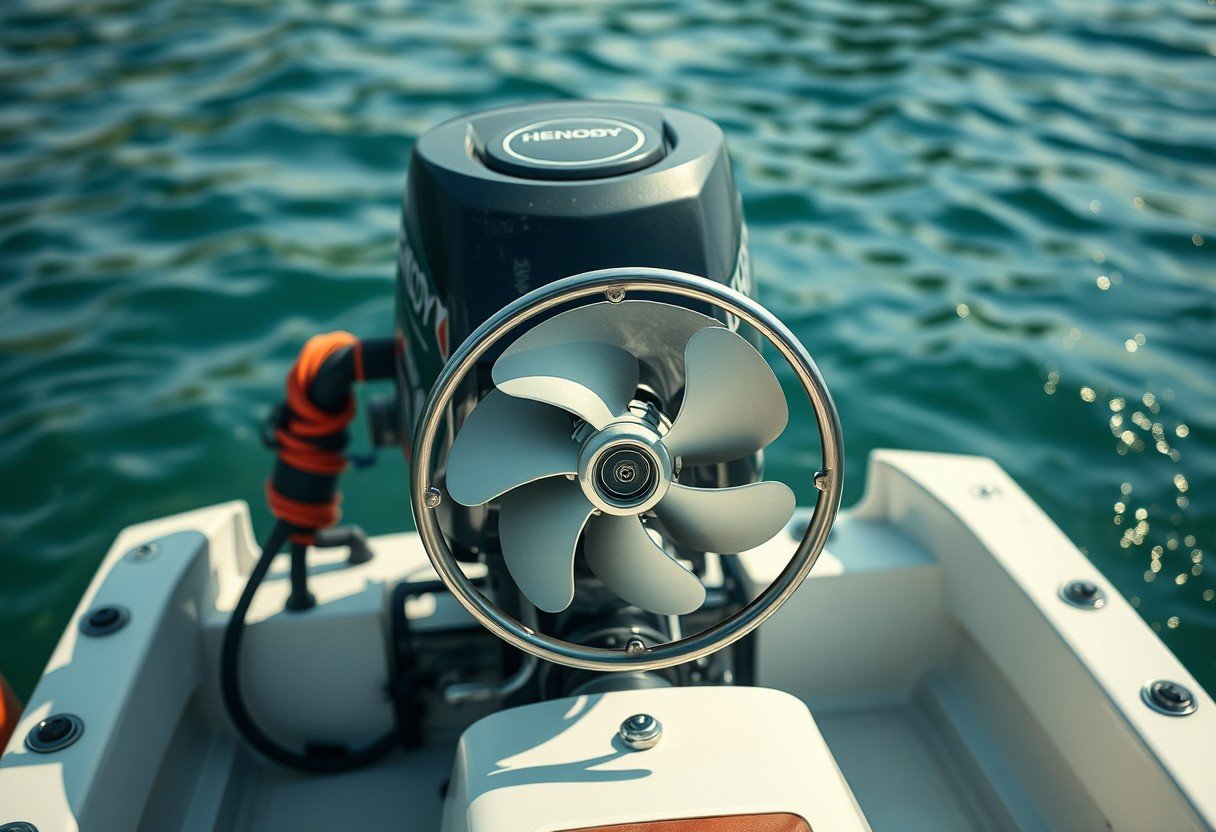Trampolines are a source of endless fun for kids and even adults, offering a great way to burn energy right in your backyard. When considering safety, many parents turn to in-ground trampolines. Sunk into the lawn, they sit flush with the ground, which naturally reduces the risk of serious injury from falls. This design makes them an increasingly popular and safer choice for families looking to add some bouncy fun to their outdoor space without the towering height of traditional models.
Are In-Ground Trampolines Truly Safer?
While no activity can be guaranteed as 100% safe, in-ground trampolines significantly lower the risk of common injuries. Most serious trampoline accidents happen when a person falls from the elevated mat onto the hard ground. By placing the jumping surface at ground level, you effectively eliminate the danger of a high fall.
The primary safety benefit of an in-ground trampoline is the reduction in fall height. This simple design change minimizes the potential for severe injuries. Of course, jumpers can still fall off the mat, but the impact will be far less severe than a fall from a traditional trampoline, which can be several feet high.
Adding a safety net can further enhance protection, creating a complete enclosure that keeps enthusiastic jumpers safely on the mat. This combination makes the in-ground model a preferred option for parents who prioritize safety above all else.
Key Installation Steps for Maximum Safety
Proper installation is the foundation of a safe in-ground trampoline experience. It involves more than just digging a hole; it requires careful planning to ensure stability and longevity. Rushing the process can lead to problems later on.
Before you begin, it is crucial to check the condition of your soil. Poor soil with bad drainage or a high risk of erosion can cause the pit to collapse over time, making the trampoline unstable. If you are unsure, it may be wise to consult with a professional.
Once you have confirmed the location is suitable, you can begin the installation.
- Measure and Dig the Pit: The hole needs to be dug according to the trampoline’s diameter and height. It is always a good idea to leave a small gap around the frame for air circulation and easy access for maintenance.
- Install a Retaining Wall: To prevent the soil from collapsing into the pit, a retaining wall made of concrete, blocks, or other durable materials is highly recommended. This provides structural integrity for the entire setup.
- Set Up Proper Drainage: This is a non-negotiable step to prevent water from pooling in the pit, which we will cover in more detail next.
- Assemble the Trampoline: With the pit prepared, you can assemble the trampoline frame and place it inside, ensuring it sits level and secure.
The Importance of Proper Pit Drainage
One of the most critical aspects of an in-ground trampoline installation is ensuring the pit has excellent drainage. A pit without a drainage system will quickly fill with rainwater, creating a muddy, stagnant pool beneath your trampoline.
This standing water poses several risks. First, it can weaken the surrounding soil, leading to erosion and causing the retaining wall or the ground itself to collapse. A destabilized trampoline is a dangerous trampoline. Moreover, stagnant water is a perfect breeding ground for mosquitoes and other insects, creating a health hazard in your yard.
Water can also cause the metal stilts and frame to rust and the jumping mat to rot prematurely, significantly shortening the lifespan of your investment. A simple French drain or a sump pump can effectively manage water and keep the pit dry.
Ensuring Optimal Bounce with Good Ventilation
Have you ever wondered what makes a trampoline bouncy? It is the rapid movement of air. When you jump, the mat pushes a large volume of air out from underneath it. As the mat recoils, air rushes back in. If this airflow is restricted, the bounce will feel stiff and weak.
This is a common issue with poorly installed in-ground trampolines. If the mat sits too close to the ground or the pit walls, there is no room for the air to escape and re-enter quickly. This “air-lock” effect significantly diminishes the rebound.
To prevent this, you can use a few techniques.
- Use Vented Pads: Many in-ground trampoline models come with special vented safety pads that allow air to pass through them, improving circulation.
- Create an Air Gap: A simple solution is to dig the pit slightly shallower than the trampoline’s height. This leaves a small gap between the frame and the ground, allowing air to move freely.
- Build a Moat: Leaving a small channel or “moat” around the edge of the mat also helps ensure there is enough space for air to circulate effectively.
Should You Add a Safety Net?
Even with an in-ground design, adding a safety enclosure net is a great idea, especially if you have young children. The net prevents jumpers from accidentally bouncing off the mat and onto the surrounding ground or safety pads.
While the fall is not from a great height, it can still cause sprains or bruises. A safety net provides an extra layer of confidence, allowing kids to jump freely without the risk of leaving the jumping area. Installing one may require digging a few extra holes for the poles, but the added peace of mind is often worth the extra effort.
Hiring a Professional for Installation
If the process of digging, building a retaining wall, and setting up drainage seems daunting, do not hesitate to hire a professional. While it adds to the cost, professional installation ensures that every safety measure is correctly implemented. An expert will be able to assess your soil, ensure proper drainage, and build a stable, long-lasting setup. This investment can save you from costly repairs and potential safety issues in the future, allowing your family to enjoy bouncy fun without any worries.
Frequently Asked Questions About In-Ground Trampolines
How deep should the hole for an in-ground trampoline be?
The depth of the hole should match the height of your trampoline frame, as specified by the manufacturer. However, many experts recommend digging it a few inches shallower to create an air gap for better ventilation and bounce.
Can I install an in-ground trampoline myself?
Yes, if you are comfortable with significant physical labor like digging and basic construction, a DIY installation is possible. However, due to the importance of proper drainage and soil stability, hiring a professional is often recommended for the best and safest results.
What happens if water gets in the trampoline pit?
Without a proper drainage system, water will pool in the pit, which can lead to rusting parts, a rotting mat, and weakened soil that could collapse. A drainage solution like a French drain is essential to prevent these issues.
Do in-ground trampolines have less bounce?
An in-ground trampoline should have the same bounce as an equivalent above-ground model if it is installed correctly. A lack of bounce is almost always caused by poor ventilation, where air cannot escape from under the mat quickly enough.
Are in-ground trampolines easier to maintain?
In some ways, they are. You do not have to worry about mowing the lawn underneath them. However, you must periodically check the pit to ensure the drainage system is working and inspect the retaining wall for any signs of soil erosion or instability.








Leave a Comment